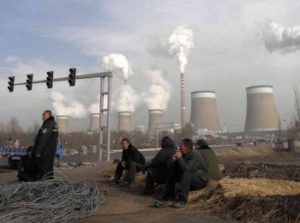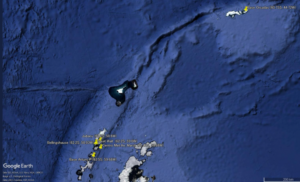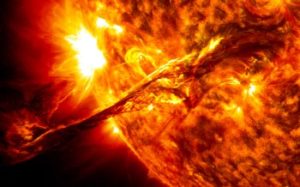by Prof. Samuel Furfari, January 7, 2019 in EuropeanScientist
Belgium’s electricity supply has become a serious problem. Without investment in new generation capacity, the security of electricity supply will deteriorate in the next few years. However, the country’s situation does not lend itself to optimism on this topic. Belgium is not a straightforward country. Its institutional structure can only be described as one of […] The post The Belgian electricity industry in chaos (https://www.europeanscientist.com/en/features/the-belgian-electricity-industry-in-chaos/) appeared first on European Scientist (https://www.europeanscientist.com/en)
…

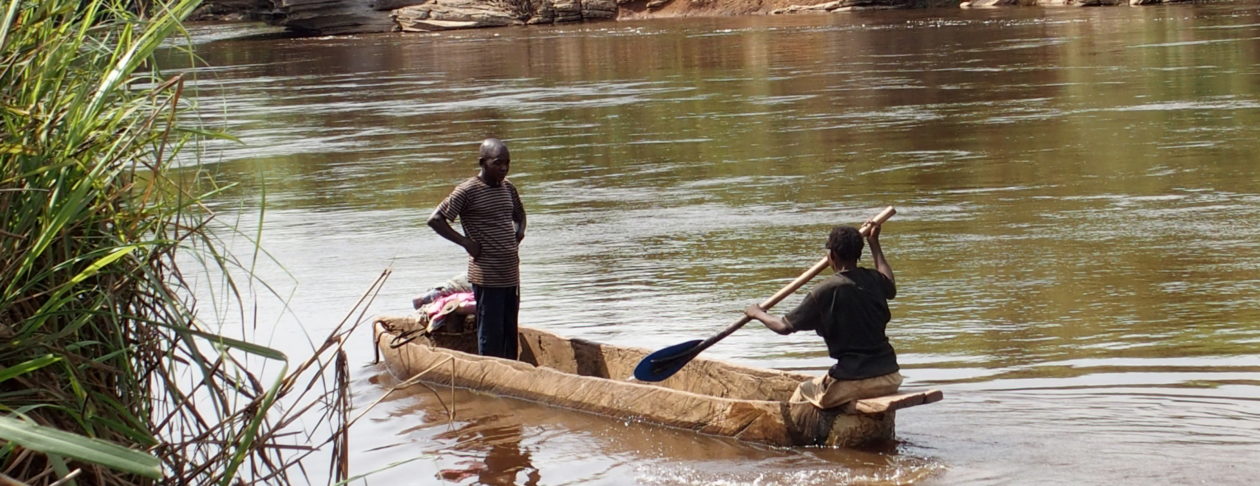
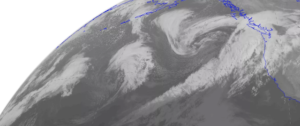
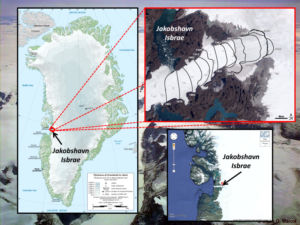

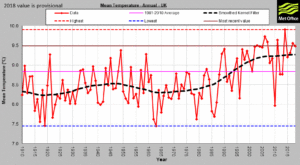
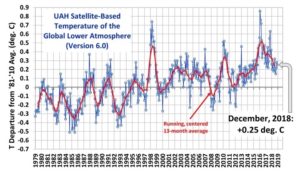
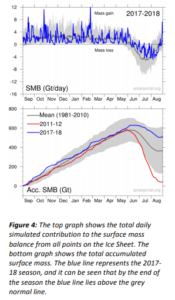
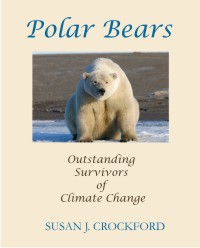
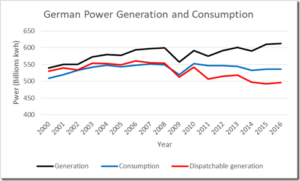 …
…
